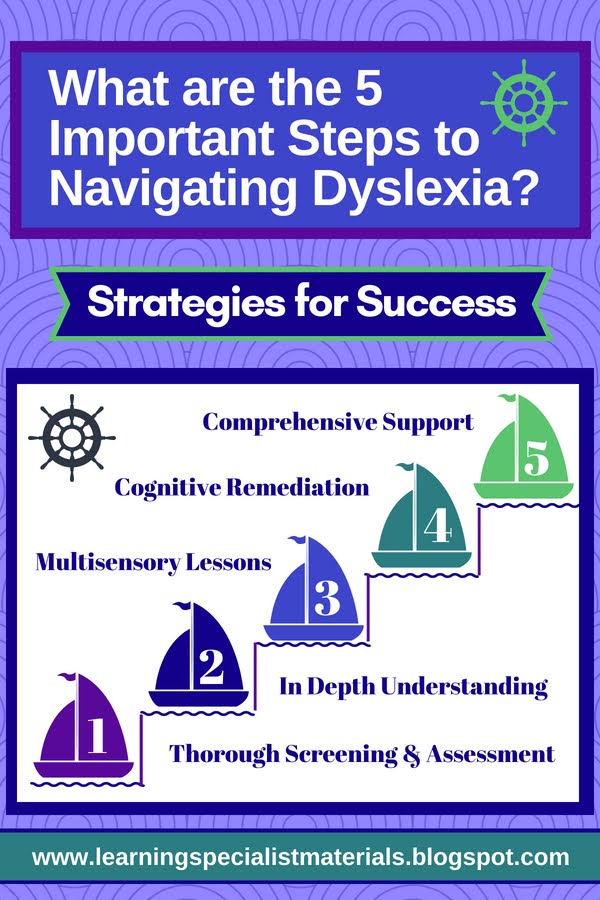This week I wanted to tell you about my online store, Good Sensory Learning. I’m Dr. Erica Warren, and I established this site so I could share all the materials that I have created over the last 20+ years as a learning specialist and educational therapist. When I first began my private practice, Learning to Learn, I had great difficulty finding fun and multisensory materials for my students that were effective and engaging. So back in 2005, I made it my mission to design and distribute high-end, remedial products as well as memorable, motivating lessons that bring delight to learning. If you would like to try a free sampling of my activities , CLICK HERE . How Are the Products Organized at Good Sensory Learning? You can download my Free Printable Catalog or you can browse the site using the grey “search all products” bar in the top right of any page with keywords such as dyslexia, working memory, and executive functioning. What’s more, drop down menus in the red banner allow you t...
Navigating and then overcoming the challenges that many individuals with dyslexia experience is a process that requires both time and patience. What's more, a vital approach that tames the turbulence is revealing and addressing inherent weaknesses while embracing the many gifts that come with this diagnosis.
What are the Five Steps to Navigating Dyslexia?
You can also see the free dyslexia screener at Goodsensorylearning.com

· Blog: https://learningspecialistmaterials.blogspot.com/
· YouTube Channel: https://www.youtube.com/user/warrenerica1
· Podcast: https://godyslexia.com/
· Store: http://www.Goodsensorylearning.com/ & www.dyslexiamaterials.com
· Courses: http://www.learningspecialistcourses.com/
· Newsletter Sign-up: https://app.convertkit.com/landing_pages/69400
- Thorough Screening and Assessment: The first step is to complete a free dyslexia screener, and, if needed, pursue a comprehensive psycho-educational assessment. This will help to uncover the specific areas of difficulty that need to be addressed and it will also define each student's "genius" qualities that can be fully realized and utilized.
- In-Depth Understanding: The second step is to have a comprehensive understanding of the unique strengths and weaknesses of each learner. By tapping into a student's strengths they can learn to develop compensatory learning strategies. With guidance and a scaffolding approach, students with dyslexia can learn to work around difficulties by using their talents. For instance, a student may struggle with writing due to spelling and graphomotor weaknesses. However, if this student also possesses excellent expressive language skills, they could use speech recognition software to sidestep their difficulties. On the other hand, by remediating areas of challenge, students can often improve cognition and develop new neural pathways for learning. For example, by repeatedly exercising a specific area of cognition, a student's capabilities can improve over time.
- Multisensory Lessons: The third step is to find the needed multisensory instructors, multisensory methods, and therapist/coach. Educational therapists and learning specialists are usually the best professionals to assist with this form of intervention as many can provide all of these services. You can learn more about these professionals by reading my blog post: Tutor, Learning Specialist, and Educational Therapist: What's the Difference? If you want to do it yourself, you can. Many parents decide to take on these roles, and with the right tools and guidance, this can be an excellent choice. To learn more about this option, click here: Home Schooling Dyslexia.
- Cognitive Remediation: The fourth step is to pursue cognitive remedial therapy. Cognitive remedial therapy is an approach that uses focused activities or exercises that improve core neurocognitive abilities such as attention, working memory, mental flexibility, planning, processing speed as well as visual, auditory, sequential, and simultaneous processing. If you would like to learn more about these tools you can click here to see a large array of options and even get some free samples.
- Comprehensive Support: The fifth step is to offer cognitive, emotional, and physical support so that those with dyslexia can reach their true potential. Resilience and a positive, mindful attitude can be achieved for struggling learners as long as they have a strong, supportive environment that addresses the mind, body, and spirit.

I'm here to help, and I would love to hear your thoughts. Reach out any time.
Cheers, Dr. Erica Warren
Dr. Erica Warren is the author, illustrator, and publisher of multisensory educational materials at Good Sensory Learning and Dyslexia Materials. She is also the director of Learning to Learn and Learning Specialist Courses.· Blog: https://learningspecialistmaterials.blogspot.com/
· YouTube Channel: https://www.youtube.com/user/warrenerica1
· Podcast: https://godyslexia.com/
· Store: http://www.Goodsensorylearning.com/ & www.dyslexiamaterials.com
· Courses: http://www.learningspecialistcourses.com/
· Newsletter Sign-up: https://app.convertkit.com/landing_pages/69400

Comments
Post a Comment